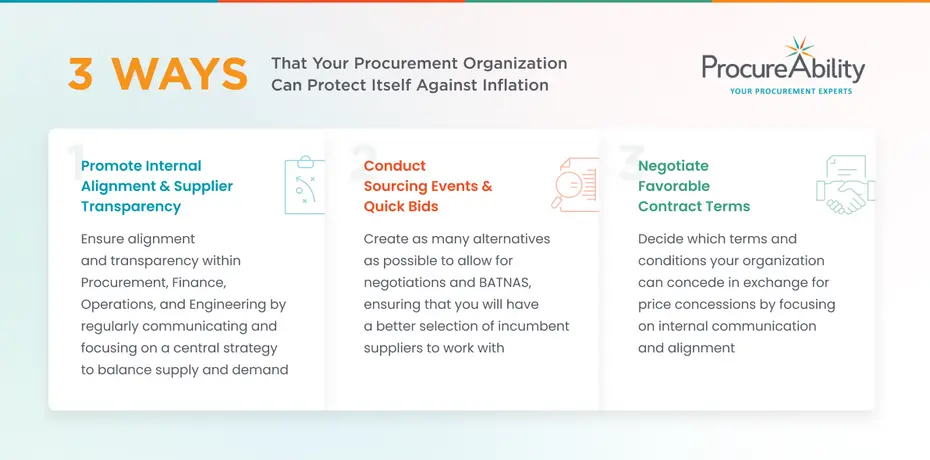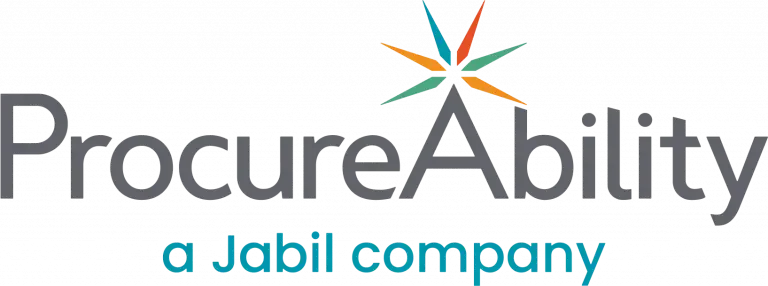
High inflation is here and eroding our purchasing power, so what can we do about it?
According to the U.S. Bureau of Labor Statistics, the annual Consumer Price Index (CPI) rose by 2.4% for the 12 months ending May 2025 – up from 2.3% the prior period. Meanwhile, the Producer Price Index (PPI) for final demand increased 2.6% year-over-year as of May 2025. There has been monthly pressure continuing across various sectors. While inflation has notably eased from its peak levels in 2021–2022, current prices remain elevated compared to the long-term average. This persistent price pressure, fueled by strong consumer demand and lingering supply chain challenges, means households and businesses are feeling the impact in their bottom lines.
While moderate inflation is a normal part of economic growth, the current level has led to higher input costs, eroded purchasing power, and growing pressure on both consumer and enterprise spending. This increase is driven largely by surging post-pandemic demand and lagging supply. In the past, organizations could count on consistent pricing year over year. Now, that predictability has faded. Therefore, procurement leaders must adapt.
Periods of high inflation can seem overwhelming. However, they also offer a unique opportunity for procurement teams to strengthen cost control. They can improve spend visibility and drive smarter category management practices. By taking a proactive approach, companies can not only weather the inflationary storm but also build more resilient procurement strategies for the long term.
Here are three key actions to help your organization navigate inflation while setting the stage for sustainable cost savings and procurement performance:

1. Align Internal Stakeholders to Drive Supplier Cost Transparency
One of the most effective ways procurement can combat inflation is by fostering internal alignment. Ensuring clear, consistent messaging to suppliers around cost expectations is essential. It’s crucial for Procurement, Finance, Operations, Engineering and other teams to maintain alignment. This is achieved through ongoing communication and a unified strategy that balances supply and demand.
A key element of this strategy is reinforcing to suppliers that cost management is a top priority. Procurement teams must combine internal assessments with up-to-date market intelligence to anticipate supplier price increases and be ready to respond with fact-based counterarguments.
Two proven approaches to strengthen your pricing strategy and negotiate more effectively with suppliers include:
-
Deconstructed Pricing: Partner with suppliers to break down each cost component at the line-item level. This transparent, fact-based discussion helps identify cost drivers and creates a defensible position for pushing back on unjustified price hikes.
-
Should-Cost Modeling: Analyze the underlying cost structure of the goods or services you’re procuring using external market data, industry benchmarks, and cost-driver research. For example, if a supplier proposes a 10% price increase but market indicators show only a 3% rise in input costs, this gap highlights an opportunity for negotiation.
By incorporating these methods into your supplier negotiation strategy, procurement teams can maintain cost discipline, protect margins, and build stronger, more transparent supplier relationships—even amid ongoing supply chain uncertainty.
2. Conduct Sourcing Events and Quick Bids
Another way procurement can combat inflation is by creating more competitive tension in the supplier base.
Initiating targeted sourcing events, such as RFPs or RFQs, generates pricing pressure. It also provides alternatives to your incumbent suppliers. Having multiple qualified options strengthens your Best Alternative to a Negotiated Agreement (BATNA). This enables better pricing outcomes.
Consider these inflation-fighting tactics:
- Use competitive bidding to uncover lower-cost alternatives or suppliers with more favorable terms.
- Employ strategic sourcing to pursue quick wins in categories that may be less exposed to inflationary pressures.
- Explore substitution strategies in non-critical categories to contain cost escalation in the short term.
These approaches empower procurement to stay agile while driving immediate value, even in volatile markets.
3. Negotiate Favorable Contract Terms
Smart contract negotiations are another critical lever in how procurement can combat inflation. To preserve value, procurement should identify which contractual terms can be adjusted or exchanged for better pricing. For instance:
- Extend contract duration or increase purchase volumes in return for discounted pricing.
- Explore flexibility around payment terms, insurance, or intellectual property (IP).
- Implement index-based pricing clauses tied to external metrics like the Consumer Price Index (CPI), Producer Price Index (PPI), or Cost of Living Adjustment (COLA) to ensure fairness when prices fluctuate.
These strategies give procurement organizations a mechanism to absorb inflation more predictably while maintaining strong supplier partnerships.
How Procurement Can Combat Inflation
Now more than ever, organizations must elevate procurement’s strategic role to address the financial pressures of sustained inflation. By driving cross-functional alignment, enabling fact-based supplier negotiations, leveraging competitive sourcing, and securing favorable contract terms, procurement can play a pivotal role in protecting margins and improving business resilience.
Ultimately, learning how procurement can combat inflation isn’t just about responding to rising prices, it’s about building smarter, more agile sourcing strategies that will benefit the organization long after the economic pressure eases.



